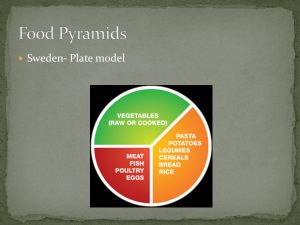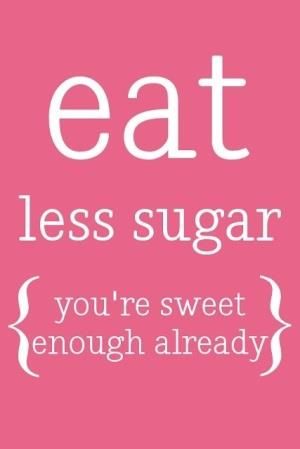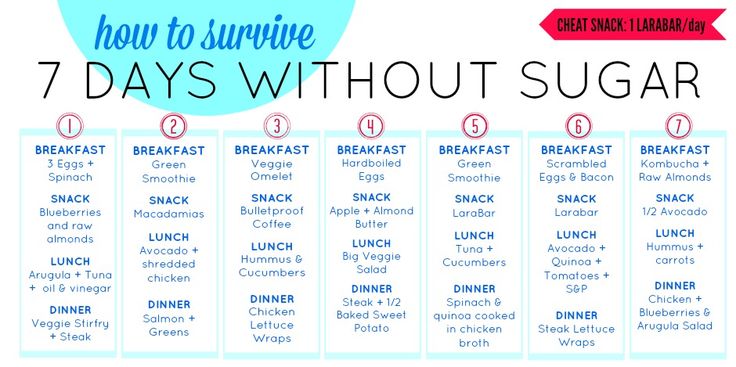n this new 4 series blog, we help you understand more about diabetes types, with a strong focus on type 2. We’ve seen type 2 diabetes disappear in some of our clients, and unfortunately many don’t realise that type 2 diabetes can be reversed. Join us as we cover the most important information, and we’ve included bonus material to help you get back on track. Today’s blog talks about type 2 diabetes and no sugar challenge.
Do you know how they sometimes say truth is stranger than fiction? Not that we are into conspiracy theories, but what if we told you that there is NO CURE for diabetes Type 2, because it’s actually NOT a disease? Well, you might be shocked to finally find out the truth, and there are a lot things THEY are not telling you. In our four part series blog on Type 2 diabetes, the Gastric Mind Band (gmband.com), uncovers some startling revelations, about the medical and health community, when it comes to the proposed “cure” of type 2 diabetes, and who actually benefits from your diagnosis of type 2 diabetes.
Let’s dive into part II…
Have you heard of the Diet Doctor? It’s a site, and it can potentially be your lifesaver. Especially if you have type 2 Diabetes. On this site you can find some pretty interesting stuff to say the least, and not only that, the site also dives deep into the science behind dieting.
Start Your Weight Loss Journey...
I’m sure we can all agree on one thing – dieting sucks! More so, you just never know what diet you should be following. Then to add to the mix, you are bombarded online, and on social media with diet fad after diet fad – it quickly becomes tiresome. But, the Diet Doctor is a bit different, and gmband.com is proud to stand with him.
Old Wisdom – Reversing, Not Curing Type 2 Diabetes
There is a rather old cookbook floating around the internet that was specifically published for people with diabetes. The book titled, Diabetic Cookery, was published in 1917, and in it, it tells us clearly what foods NOT to eat. Believe it or not, this book still stands true today, but for whatever reason, information got messy since then.
So, what was it like being a diabetic almost 100 years ago? What were they NOT supposed to eat?
Here’s a short list:
- Bread
- Cookies
- Rice
- Pasta
- Sweet Drinks
So basically, no starches, flour, sugar etc; common sense right?
“These absolutely forbidden foods are now a part of the recommended diabetes-diet according to the Swedish Plate Model. These foods now take up the largest part of the diabetes-plate. This, while we get more and more diabetics, who need more and more drugs and get sicker and sicker. Hardly a coincidence.” The Diet Doctor
Back to the Book
What kinds of foods does this 100 year old book tell us is good for diabetics? Observe:
“The following foods, owing to their great nutritive qualities, are especially valuable.” – Diabetic Cooker, 1917
- Butter
- Olive Oil
- Cheeses
- Meat
- Fish & Eggs
What the heck is going on? Well, we are covering more from the Diet Doctor throughout our series, and will be referring to that site from now on. But just to give you a bit of a hint, society’s obsession with the word FAT, might have something to do with our failures in health. In our next series blog, we will go over the New Science, when it comes to diabetes, and how you can successfully reverse it.
[Source: http://www.dietdoctor.com/diabetes#oldwisdom]
What is the Swedish Plate Model?
Here is something to ponder…
In 2015, Sweden, did what seemed like, a major 360 when it came to nutrition.The Swedish National Food Agency (Livsmedelsverket) published a revised version of the national dietary guidelines. Now why would you think they did that? They stumbled onto something that many do not want you to know. But, it’s more common sense than anything, so why are we still eating the way we do?
“The Swedish dietary guidelines entitled ´Find your way to eat greener, not too much and to be active!´ provide guidance on how to eat healthily and in an environmentally friendly manner. The main aim is to encourage consumers to eat less meat and meat products and more plant-foods including whole grains, vegetables and fruit, as well as healthy oils and some fish to decrease the risk of common chronic diseases in Sweden, especially cardiovascular disease, overweight/obesity, type 2 diabetes and certain types of cancer.”
Sweden uses a simple and clear graph with three key messages in a traffic light colours:
Green: eat more vegetables, fruit, berries, fish, shellfish, nuts, seeds, exercise.
Amber: switch to whole grains, healthy fats and low-fat dairy products.
- Red: eat less red and processed meat, salt, sugar and alcohol.The model of a plate is used to promote different food groups and to enable consumers to adopt healthy food choices. The plate is used in conjunction with the Keyhole symbol which is a positive label that identifies healthy food products within each food category. Foods labelled with the symbol contain less fat, sugars and salt and more dietary fibre than food products of the same type not carrying the symbol. A simple and positive logo can be a quick and effective tool in a busy purchase situation and appeal to consumer groups. It also stimulates manufacturers to move product innovation, development and reformulation in a healthier direction.More vegetables and fruit – Eat lots of fruit, vegetables and berries! Ideally, choose high fibre vegs such as root vegetables, cabbage, cauliflower, broccoli, beans and onions.More seafood – Eat fish and shellfish two to three times a week. Vary your intake of fatty and low-fat varieties, and choose ecolabelled seafood.More exercise – Exercise for at least 30 minutes every day! Take brisk walks, for example, and reduce the amount of time you sit still by taking brief, active breaks.
Switch to wholemeal – Choose wholegrain varieties when you eat pasta, bread, grain and rice.
Switch to healthier fat – Choose healthy oils when cooking, such as rapeseed oil or liquid fats made from rapeseed oil, and healthy sandwich spreads. Look for the Keyhole symbol.
Switch to low-fat dairy products – Choose low-fat, unsweetened products enriched with vitamin D.
Less red and processed meat – Eat less red and processed meat, no more than 500 grams a week. Only a small amount of this should be processed meat.
Less salt – Choose food with less salt. Use less salt when you cook, but choose salt with iodine when you do use it.
Less sugar – Hold back on the sweets, pastries, ice creams and other products containing lots of sugar. Cut back on sweet drinks in particular.
Maintain a balance – Try to maintain energy balance by eating just the right amount.
The Keyhole – healthy choices made easy – Check for the Keyhole symbol. This is a National Food Agency symbol which can help you to find food containing less sugar and salt, more wholegrain and fibre and healthier or less fat.
[Source: http://www.fao.org/nutrition/education/food-dietary-guidelines/regions/sweden/en/]
Type 2 Diabetes: The No Sugar Challenge and More – Part II
Here’s the thing about type 2 diabetes…it doesn’t have to be inevitable. Starting the preventative steps now can help you avoid all the unpleasant symptoms that come with diabetes. If you are currently over-weight or obese, the gastric mind band may be an awesome choice for you, and something at least worth considering.
Alright, let’s get back to it! In this blog, we’ve got some more important information about type 2 diabetes, some undeniable facts you might not have been aware of, and some great tips you can start using today…like right now! One thing is certain, reversing the onset of diabetes is entirely achievable, and we’ll show you how. All you need to do is commit to your over all health.
Diet + Exercise = prolonged Life
The equation can’t get any simpler than that. Making an effort to improve your lifestyle can only result in one thing – a better lifestyle. Throw in a dash of weight loss, a better love life, energetic and happiness, and we might just have the recipe for the best life ever!
Science & Facts
The scientific studies as you can well imagine, have always shown that lifestyle interventions can improve insulin sensitivity. It can also improve high blood pressure, which stops the risk of heart disease in its tracks. Controlling high blood sugar levels on the onset helps lower body weight, so by starting a healthy regiment in your life today can show immediate effects.
Another study called the Diabetes Prevention Program showed that in people at risk for diabetes, lifestyle changes that involved 30 minutes of exercise per day, along with 5-10% weight loss, decreased the risk of progressing to type 2 diabetes by 58%. But keep in mind that diet and exercise should go hand in hand.
Don’t get trapped in habit!
You can exercise until the cows come home, but if your diet still includes loads of sugar and fat, you’re defeating the purpose. Your health is important, and even though you might think that you can somehow balance the effects of type 2 diabetes, and still eat the same EXACT way, you’re kidding yourself.
Many assume the worst when it comes to being diagnosed, and they believe that they can NEVER again enjoy anything sweet – this is completely untrue. Listen, the hard fact is processed sugars are horrible for us, but if you want to enjoy your favourite chocolate bar once in a blue mood you can…as long as you reverse type 2 diabetes first, and get your health back on track. If you succeed at controlling your sugar, and you successfully reverse diabetes, we promise you, you’ll have very little desire for that chocolate bar.
The average person shovels in 300 calories from added sugar every day (graphic or box)
Even more frustrating is we are getting added sugars every day from less obvious places! So, not only are we getting sugar from the cakes, candy, and sodas, but we also get it from those so called “healthier alternatives” like salad dressing, pasta sauces and yogurt.
FEATURED – THE DIET DOCTOR http://www.dietdoctor.com/how-to-lose-weight
Just to be perfectly clear – we are talking about the super-processed sweet stuff you might add to a batch of cookies, not the natural sugars found in whole fruits and veggies.
Challenge yourself today – Go sugar free for 14 days
Let’s start this lovely section by telling you what a sugar overload can do to your body – sounds exciting right? Well, get ready because once you really know the nitty gritty of overeating on sugar, we’re almost positive you won’t need a further push to challenge yourself.
Sugar Overload – What happens to your body?
- Increase depression risk of almost 60%! That is a high number, but really think about this for a second…it’s more than depression. Depression comes with high anxiety, which leads to more irate individuals; considering the world right now, and how everyone seems angry all the time, is it too much to assume excess sugars are the real problem?
- Too much sugar literally inflames the arteries, increasing your risk of stroke or heart attack. Every year, around 110,000 people have a stroke in England making it the third largest cause of death after heart disease and cancer.
http://www.nhs.uk/conditions/stroke/pages/introduction.aspx
- Too much sugar causes aging and more wrinkles. It’s called glycation, and educating yourself on it now can save you some serious heartache later on.
- Too much sugar damages the kidney’s filtration system, which leads to diabetes. So, this is the one main reason right here why you need to start your challenge like yesterday.
- Too much sugar increases the risk of erectile dysfunction and sexual arousal disorder. Did we say number 4 was a reason you should start the challenge like yesterday? Yes, we actually meant reason number 5 is why you should start the challenge like 3 days ago.
What happens to your body after kicking the sugar habit?
It’s nothing short of miraculous! Even after 14 days of no sugar, you will begin to notice a significant change in your entire wellbeing, let alone just your body. If you can last 21 days sugar free, consider yourself cured, because this means you’ve kicked the habit! We promise you, if you can go 21 days without sugar, you won’t want to touch it again!
- No sugar means no heart troubles.
Added sugar chronically raises insulin levels, which activates the sympathetic nervous system, increasing blood pressure and heart rate. Cutting out sugar for 21 days will decrease cholesterol by almost 10 percent, and decrease triglycerides by 20 to 20 percent. This significantly reduces the chances of having heart problems or worse, a heart attack.
- No sugar means a softer more naturally younger face
Acne is something you think only affects teenagers, but by now, especially if you are a sugar-holic you’ve noticed skin blemishes galore and zits. No processed sugar for a lousy 21 days, and you’ll notice your skin start to change – FACT!
- No sugar means a better night’s sleep
What is the main purpose of sugar? Many believe it helps increase energy, and they are right as long as it’s natural sugars and not processed. But processed sugars have a much different effect, it can cause severe crashes, causing you to fall asleep or get drowsy at the wrong times. This can lead to interrupted sleep patterns when you are supposed to be sleeping, which is at night.
- No sugar means happiness…like for real.
Tired of having to always fake your smiles to get through the day? Wondering why the slightest actions from others can make you want to knock their heads off? Well guess what – that means too much sugar. Depression is a major issue when it comes to excess fatty sugars in your diet. Once you kick the habit for 21 days, you’ll notice your mood completely do a 360. Imagine actually waking up in the morning and being happy? It’s not some far off dream just out of reach…it’s a reality when you stop with sugar.
- No sugar means you can remember why you went into that room in the first place
Battling brain fog? Sugar is the likely culprit and over time eating lots of sugar may actually damage communication among your brain’s cells. So when you’re eyeing those doughnuts in the morning, remind yourself you are sharper and more alert without them.
- No sugar means you will avoid diabetes
Eating too much sugar can build up fatty deposits around your liver, just to name one problem among many. But these deposits contribute to insulin resistance and will undermine the work done by your pancreas. In a study of sugar consumption in 175 nations, it was found that eating 150 calories of added sugar is 11 times more likely to contribute to the development of type 2 diabetes, compared with 150 calories from protein or fat. So swap that sugary granola for a handful of nuts, pronto.
- No sugar means you drop 10 pounds
What’s the best part of no sugar for 21 days? You can drop 10 pounds.
Now that’s sweet!

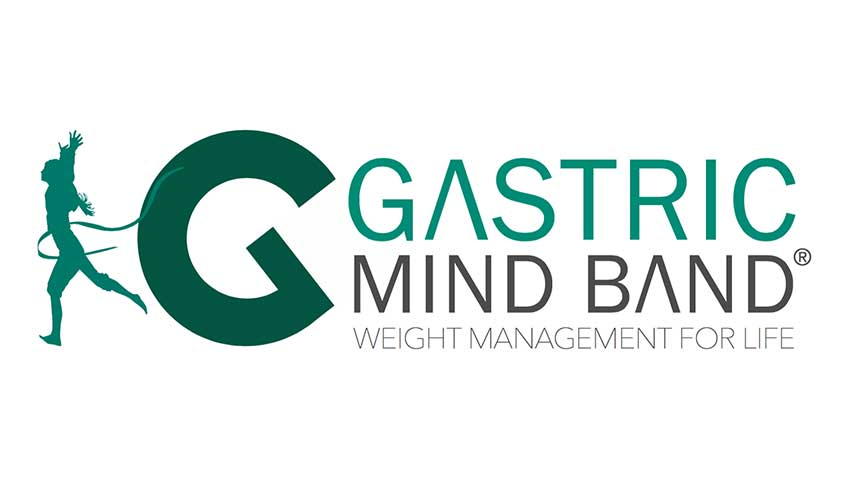
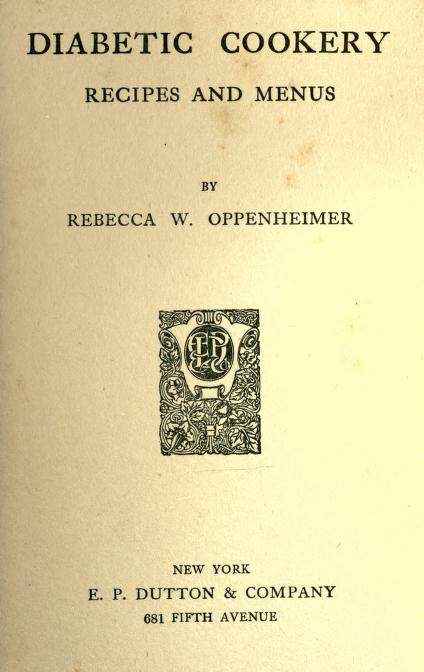 There is a rather old cookbook floating around the internet that was specifically published for people with diabetes. The book titled,
There is a rather old cookbook floating around the internet that was specifically published for people with diabetes. The book titled, 